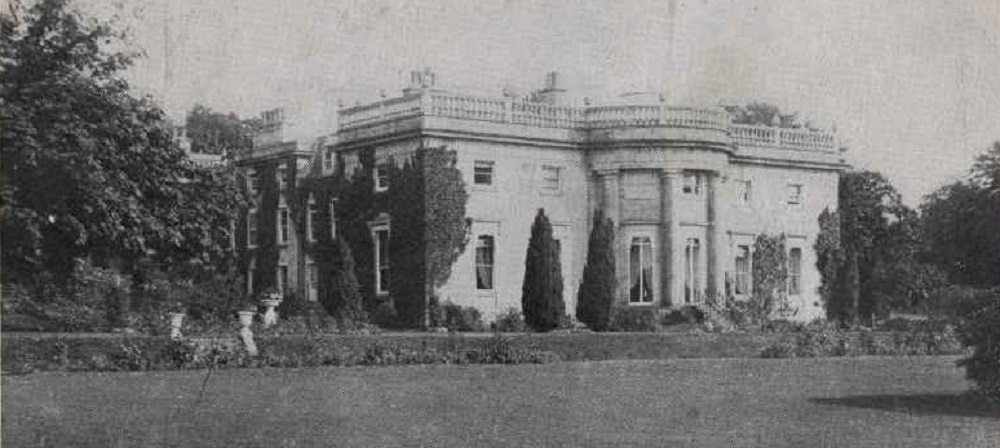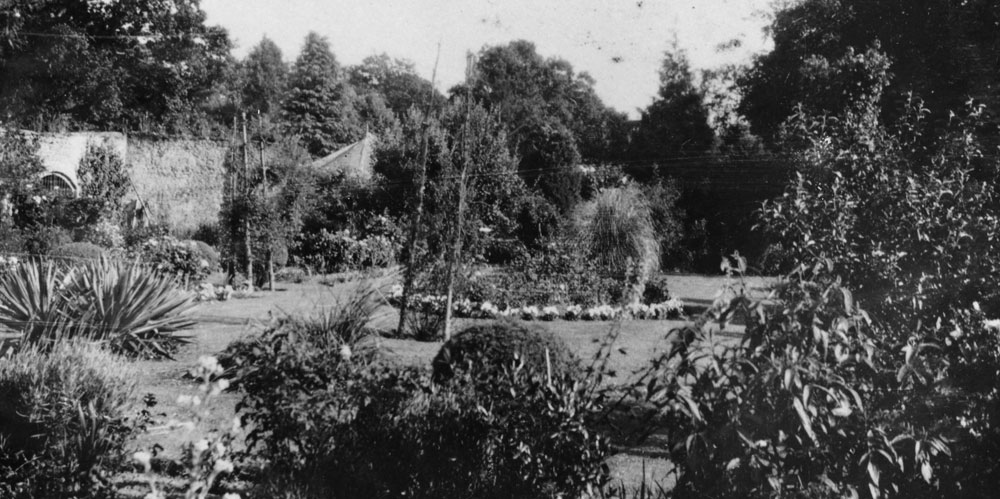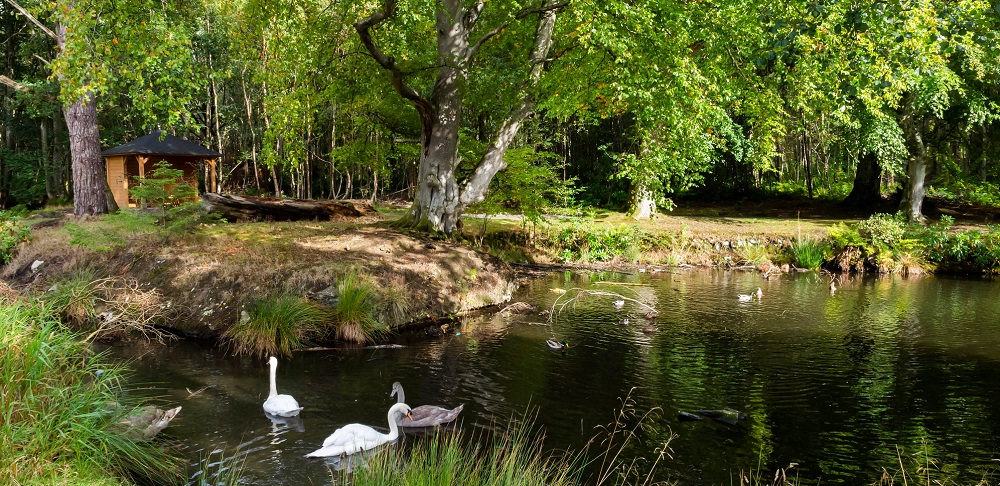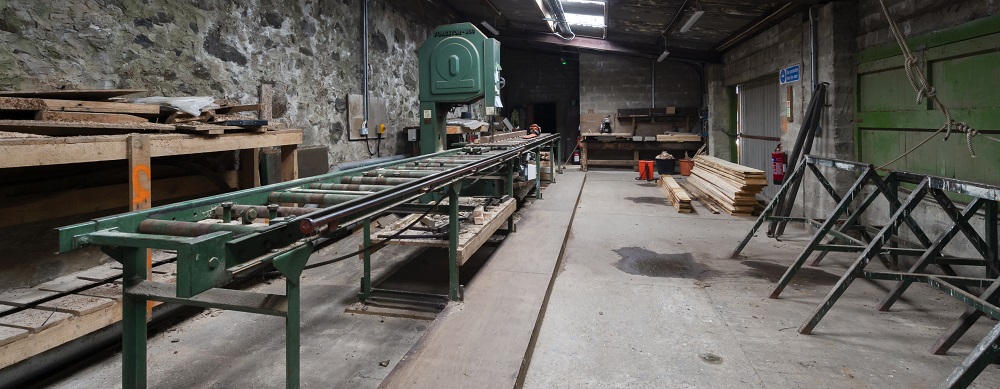Aden Country Park has a charming balanced landscape. The landscape includes informal woodland, managed parkland, rhododendron-lined paths, Victorian arboretum, wild flower meadows, and secluded gardens.
Aden Country Park has a charming balanced landscape. The landscape includes informal woodland, managed parkland, rhododendron-lined paths, Victorian arboretum, wild flower meadows, and secluded gardens.

Over a period of almost 200 years, the Russell family transformed the Aden estate. The first Laird, Alexander Russel of Montcoffer (died 1798), re-organised his tenant farms, planted woods for shelter, and built a modest house overlooking the South Ugie. The second Laird, Alexander Russel(l) (died 1829), was responsible for the creation of the rare semi-circular farm steading, built around 1800.

The fourth Laird, James Russell (1797-1875), enlarged the mansion house, commissioning the influential Scottish architect John Smith (1781-1852). His wife, Caroline Lambton (died 1864), re-designed the grounds, planting many specimen trees and creating landscaped gardens and hothouses. A coach-house and gate lodges were added in 1832. The gasworks, laundry and icehouse are further evidence of the Russell family’s lavish lifestyle during Aden’s Victorian heyday.

The significance of Aden’s natural heritage features were first recorded in 1860 and there has been continuous tree cover at Aden for several centuries, with many areas of the park considered to be of high potential habitat value. Parts of the woodlands are identified on the Forestry Commissions Native Woodland Survey of Scotland (NWSS) as Plantations on an Ancient Woodland Site (PAWS) and as Wet Woodland.

The woodland lies within a designed and managed cultural landscape and dominated by settlement, small scale mixed farming and varied woodlands which have been shaped over the years by historical planting fashions associated with the former owners of the estate. Many of these features still exist in the more formal part of the Country Park.
The woodlands at Aden are a mixture of maturing Spruce, Pine and Douglas Fir plantations, naturally regenerated birch woodland which sprang up after coniferous plantations were cleared in the 1990s, planted broadleaved woodland which has been established over the last 30 years, mature beech and elm woodland and an area of wet woodland comprising alder and willow trees.

These plantations and more natural woods complement the more formal plantings in the Victorian Arboretum and the new Arboretum with their specimen trees from around the world like Monkey Puzzle and Southern Beech from South America, Giant Redwood from North America and Ginko from China.

Some of the conifer plantations are being managed to provide timber for the Aden Sawmill for fencing and benches for use in the park. The birch and broad-leaved woodlands are being sensitively managed to provide natural habitats for woodland flora and animals and birds like red squirrels, woodpeckers and roe deer.
Woods take a long time to mature and over the forthcoming decades they will develop into mature woodlands of great value for nature and carbon storage. Where it is safe, dead trees are left to decay to return carbon and nutrients to the soil and to provide a valuable habitat for insects and fungi which in turn provide food for birds like woodpeckers